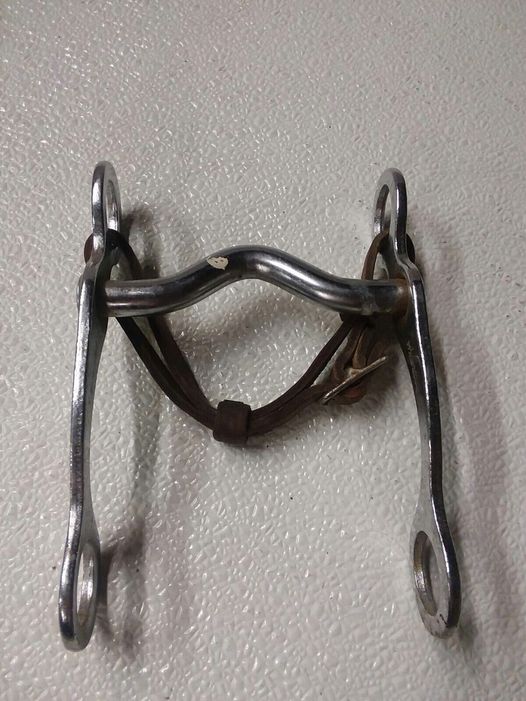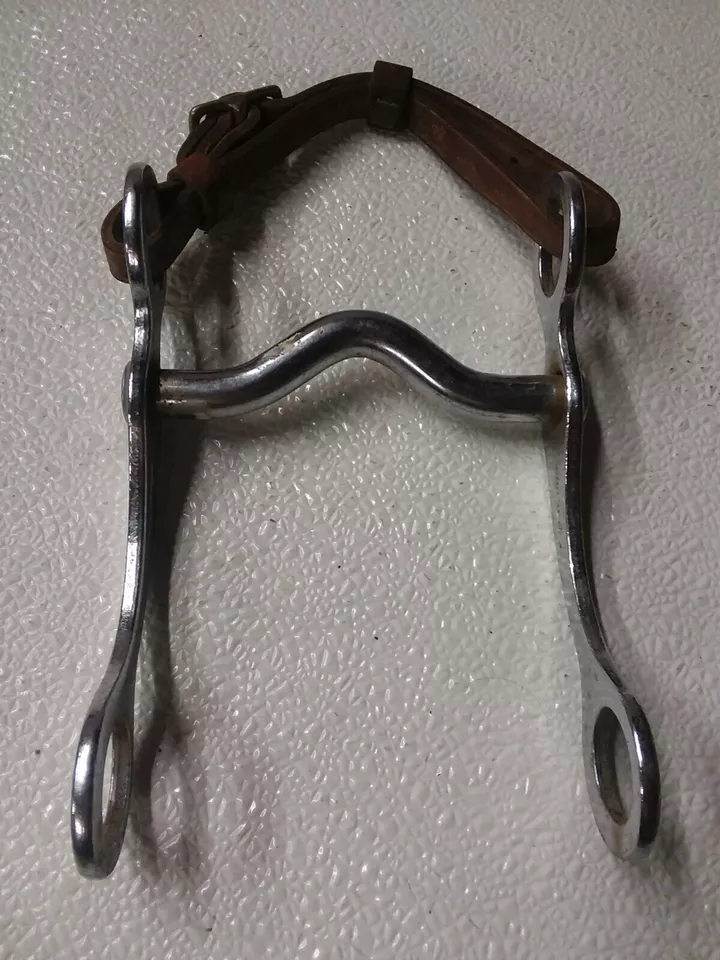The bond between humans and horses has strengthened over centuries, aided by a variety of tools and techniques. One key instrument that has stood the test of time is the vintage horse bit. This piece of equipment, now a symbol of tradition and practicality, has evolved significantly from a simple control device to a cultural artifact deeply embedded in equestrian history. Let’s take a journey through the origins, development, and lasting impact of the vintage horse bit.
The History of the Horse Bit

Dating back over 5,000 years, horse bits were essential tools in ancient civilizations such as Mesopotamia and Egypt. Crafted initially from bone, wood, and leather, these early bits allowed riders to control horses for various purposes, including battle, agriculture, and transportation. As civilization advanced, so did these bits. By the time of the Roman Empire, metal bits made from iron or bronze became more common, reflecting the increasing reliance on horses for diverse aspects of life, from communication to displays of status.
Evolution Through Time
The Middle Ages saw further refinement of horse bits, especially as equestrian practices gained prominence in Europe. Horses became crucial for transportation and sports such as jousting. Consequently, bits grew more specialized, often reflecting the wealth and status of their riders through intricate designs and durable materials like iron and bronze. These bits were not just tools but symbols of the culture and craftsmanship of the times.
The Usage of the Horse Bit
At its core, the horse bit is a tool for communication between rider and horse. By applying controlled pressure to the horse’s mouth, the rider can guide and control the horse more effectively. Over the years, various types of bits have been developed to cater to different riding disciplines, each type serving a unique purpose.
- Snaffle Bits: These bits apply direct pressure and are commonly used for general riding or training young horses, making them ideal for beginners.
- Curb Bits: Curb bits provide leverage and offer the rider more control, typically used by experienced riders who understand the nuances of pressure and release techniques.
- Combination Bits: These bits blend elements of both snaffle and curb bits, balancing control and comfort to suit various riding styles and horses.
Each bit design aims to enhance communication between the rider and the horse, promoting a more harmonious partnership.

The Legacy of the Vintage Horse Bit
The vintage horse bit holds immense value within equestrian and historical spheres. Over centuries, these tools have not only aided in riding but also stood as testimony to the evolving human-horse relationship. Many of these historical bits are preserved in museums or collected by enthusiasts, celebrating their craftsmanship and historical significance. They aren’t just tools but cultural treasures that narrate the story of our ancestors’ reliance on horses.
Influence on Modern Equestrian Practices

Modern horse bits are designed with both comfort and efficiency in mind but still draw inspiration from vintage designs. Riders and historians analyze these older models to gain insights into improving contemporary riding techniques. The rich history of horse bits also influences equestrian sports, driving innovations in modern equipment that honor traditional designs.
The Collectible Appeal of Vintage Horse Bits
Vintage horse bits have become coveted collectibles, admired for their unique designs and historical contexts. Collectors cherish these artifacts for their intricate craftsmanship and the stories they carry, viewing them as emblems of a bygone era of horsemanship.

Whether displayed in a collection or used for educational purposes, these vintage bits serve as timeless reminders of the rich traditions in horse riding and the significant role that horses have played in human history.
Conclusion
The vintage horse bit is more than a mere riding tool; it embodies the profound connection between humans and horses throughout history. Evolving from rudimentary beginnings to becoming treasured artifacts, these bits have profoundly impacted horsemanship. Whether preserved in museums or used in modern riding, the vintage horse bit stands as an enduring symbol of the deep, historical bond between humans and their equine companions.